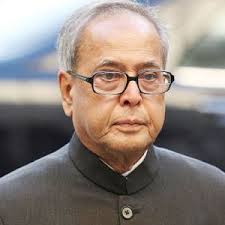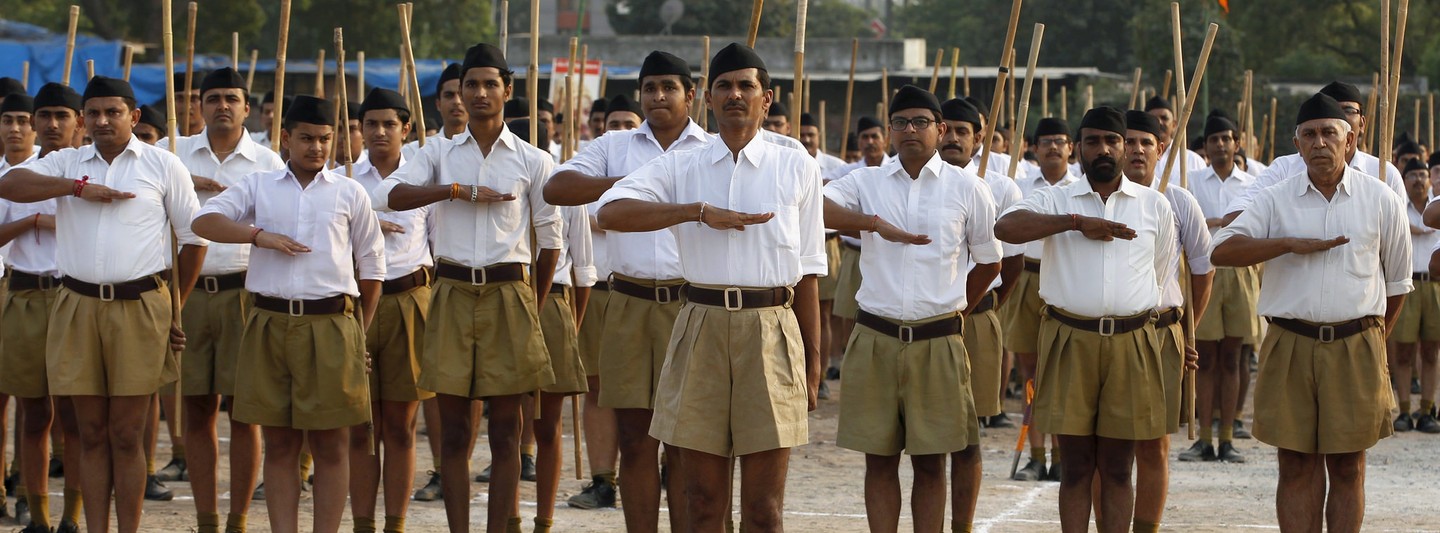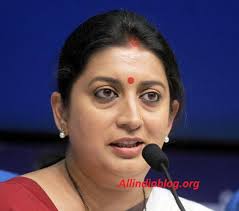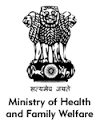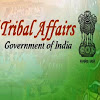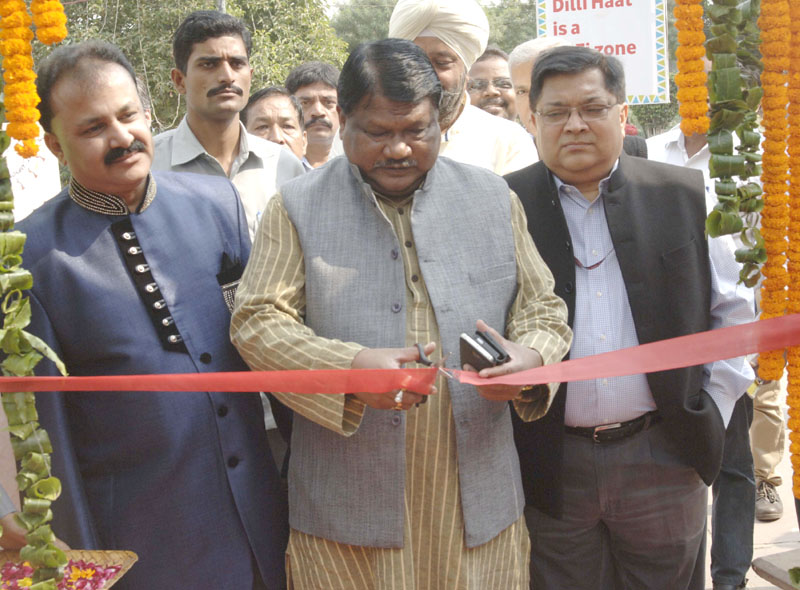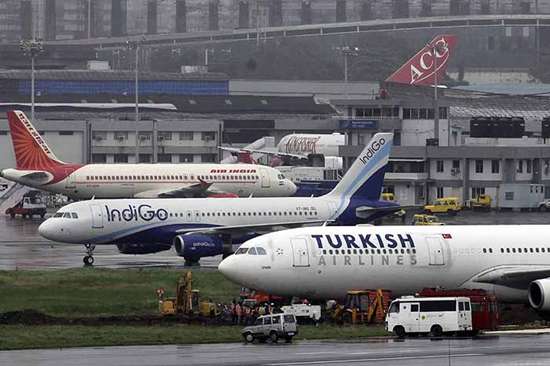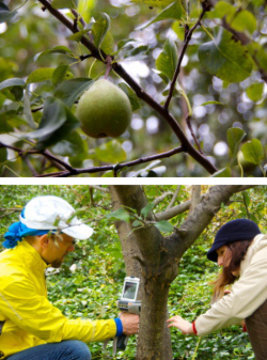The President of India, Shri Pranab Mukherjee received the first copy of a book ‘The President of India and the Governance of Higher Education Institutions’ at Rashtrapati Bhavan from the Founding Chancellor Mr. Naveen Jindal and Founding Vice Chancellor, Professor (Dr.) C. Raj Kumar of O.P. Jindal Global University.
Speaking on the occasion,the President underlined the need to focus on improving the quality of teaching, faculty and research in our Universities. The President said that in his capacity as Visitor of Central Institutions of higher learning he has been repeatedly stressing on the need to have quality education and that Universities should take the ranking process seriously. He said it is not that our country lacks the requisite talent or merit. Concerted efforts over the past few years have shown some good results and recently, two Indian institutions found a place among the top 200 universities as per an international ranking. He was hopeful of other institutes improving their ranks in the future.
The President congratulated the authors and the O.P. Jindal Global University as well as the International Institute for Higher Education Research & Capacity Building for bringing out the book.
The book ‘The President of India and the Governance of Higher Education Institutions’ provides an overview of higher education in India and includes chapters on the role of the Visitor; historical and legal analysis of the position of the Visitor in India; President Mukherjee’s initiatives for promoting excellence in higher education and reimagining Indian universities as world class universities by taking rankings seriously. It also gives an insight on the way forward towards institution building for nation building.
The objective of the book is to begin a discourse on the governance of higher education institutions. It recognizes the importance of raising academic standards while promoting international benchmarks in quality, excellence and institutional governance. It particularly provides a glimpse of the contribution of President Mukherjee for his farsighted leadership and initiative in recognizing that the future of India is significantly dependent upon our ability to empower the higher education institutions, which will help India establish a knowledge based society.


